Main Body Warranty
Auxiliary Warranty
Equipment Type
Yeast System Component
Yeast Expansion System
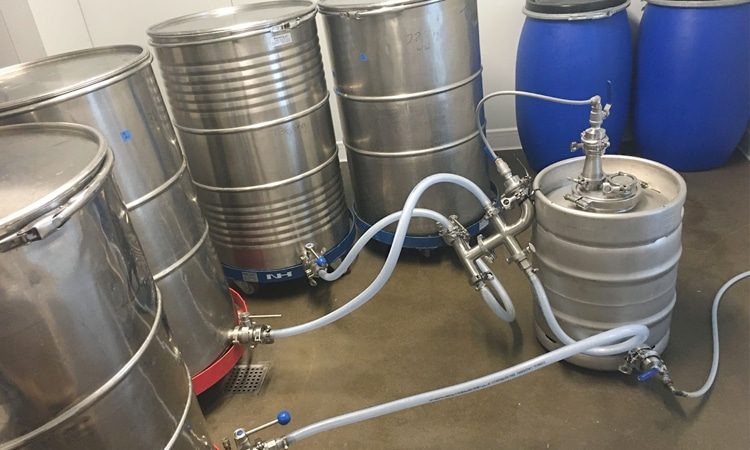
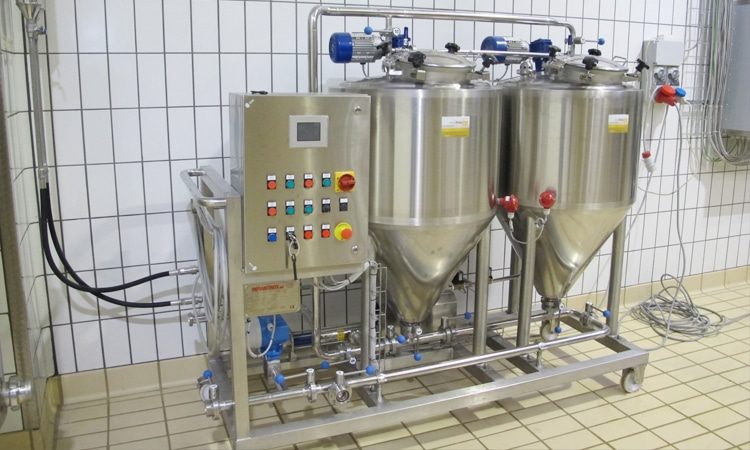
Yeast Activation System
Yeast Storage Tank
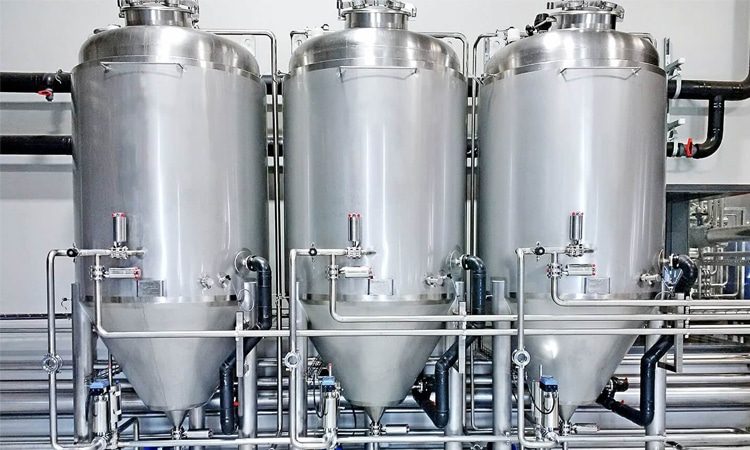
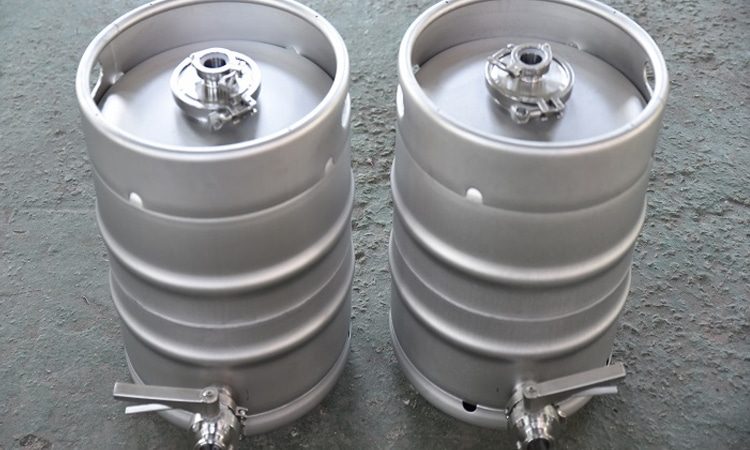
Yeast Barrel
Advantages of Yeast System

Precision Fermentation Control
Our custom-designed yeast system offers precise control over fermentation parameters, including temperature, oxygenation, and nutrient levels. This level of control ensures consistency in fermentation outcomes, allowing brewers to replicate their desired flavor profiles with accuracy and confidence.

Enhanced Flavor Development
By optimizing yeast health and vitality, our yeast system promotes robust fermentation and enhances flavor development in the final product. Brewers can unlock a spectrum of flavors and aromas, from subtle nuances to bold complexities, resulting in beers that captivate the palate and leave a lasting impression.

Improved Fermentation Efficiency
With our yeast system, breweries can achieve higher fermentation efficiency, leading to increased productivity and reduced turnaround times. By streamlining the fermentation process and minimizing the risk of off-flavors or stalled fermentations, brewers can maximize throughput without compromising on quality.

Customization and Adaptability
ZYB Craft's yeast system is designed to be highly customizable, allowing brewers to tailor the system to their specific brewing requirements and preferences. Whether brewing traditional ales, lagers, or experimental styles, our system can be adapted to accommodate diverse brewing practices and creative innovations.

Reliability and Consistency
Built with quality craftsmanship and durable materials, our yeast system is engineered for reliability and consistency, ensuring uninterrupted brewing operations and consistent fermentation outcomes batch after batch. Brewers can trust in the performance of our system to deliver reliable results, time and time again.

Comprehensive Support and Service
ZYB Craft provides comprehensive support and service to our customers, from initial system design and installation to ongoing maintenance and technical assistance. Our team of experts is dedicated to helping brewers optimize their yeast system for peak performance and brewing success.
Why choose ZYB Craft
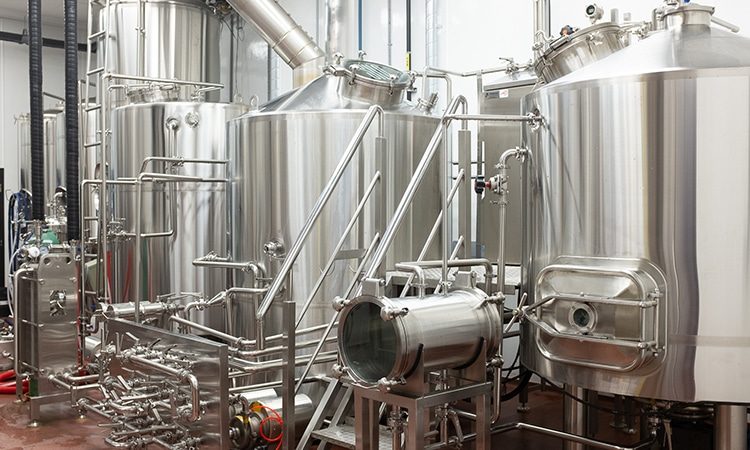
Expertise and Innovation
Quality and Reliability
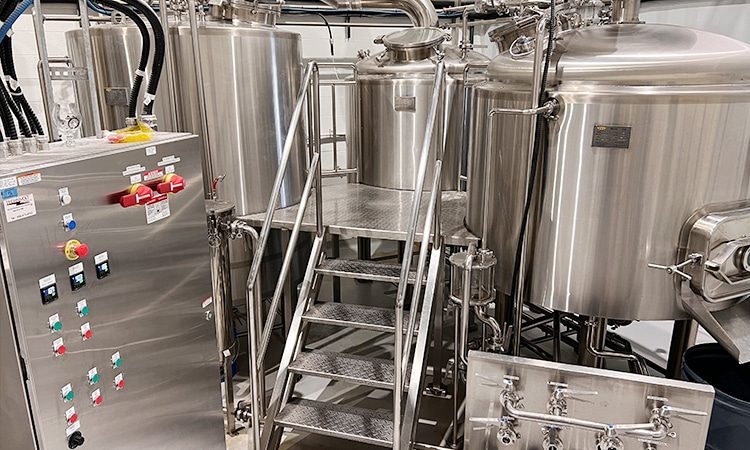
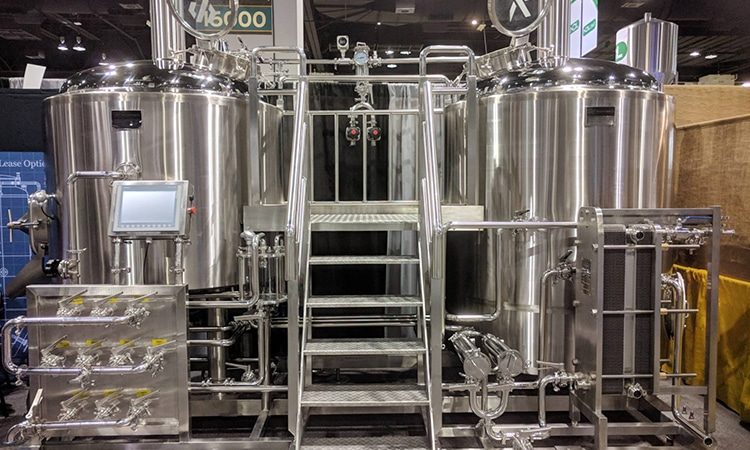
Comprehensive Support and Service
Commitment to Customer Satisfaction
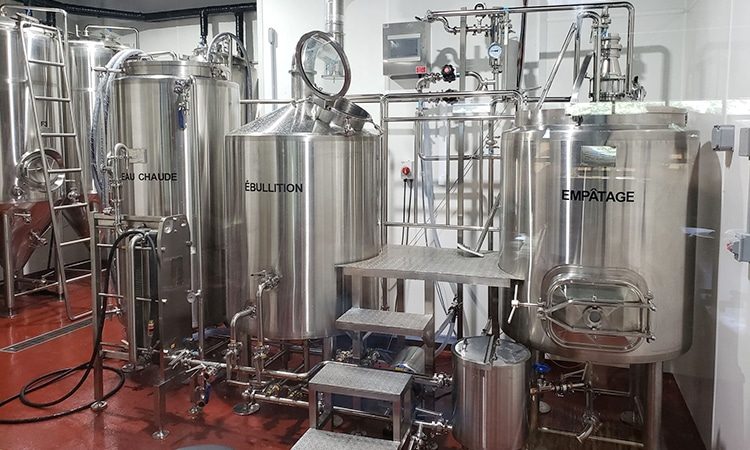
Get Yeast System Solutions
Frequently Asked Questions
What Yeast Do Breweries Use?
Breweries typically use various yeast strains to ferment beer. The specific yeast strain chosen depends on the style of brewing beer and the desired flavor and character. The two main yeasts used in brewing are Ale yeast and Lager yeast.
- Ale Yeast: Ale brewer’s yeast, also known as Saccharomyces cerevisiae, is used to ferment Ale beer. It is fermented at elevated temperatures (around 15-24°C or 59-75°F) and tends to develop fruity, ester-rich flavors and aromas. There are a variety of ale yeast strains to choose from, each with a different flavor profile. Some popular Ale yeast strains include American Ale (pure and neutral), English Ale (malt and fruity), Belgian Ale (spicy and phenolic), and German wheat yeast (banana and clove).
- Lager Yeast: Lager yeast, known as Pasteur yeast, is used to ferment lager beer. Lager yeast is fermented at cooler temperatures (around 7-13°C or 45-55°F), resulting in a clean, crisp flavor with less fruity esters. Brewer’s yeast strains are usually bottom-fermented, settling to the bottom of the fermentation vessel. Some well-known brewer’s yeast strains include Czech Pilsner Lager, German Bock, and American Lager.
In addition to these two main types, breweries may also use specialized strains of yeast to produce specific styles of beer, such as wheat beer yeast used to brew wheat beers such as Hefeweizens or Witbiers. Additionally, some breweries may experiment with different yeast strains in order to create unique flavors and aromas in their beers, resulting in multiple yeast options used by different breweries across the globe.
How Do Breweries Store Yeast?
Breweries take specific steps to properly store yeast to preserve its viability and ensure consistent fermentation. Here are some common ways breweries store yeast:
- Yeast Harvest: After fermentation is complete, the brewery collects the yeast from the fermentation vessels. They usually harvest the yeast from the bottom of the container, where it settles during fermentation.
- Yeast Washing: Yeast washing is the process of separating harvested yeast from other materials such as residue (sediment) and hop fragments. It involves rinsing the yeast with a sterile solution, such as distilled or boiling water, to remove unwanted components.
- Yeast Propagation: To maintain an adequate supply of healthy yeast, breweries propagate or grow yeast in controlled environments. This involves growing a small amount of harvested yeast in a nutrient-rich medium, allowing it to multiply before being used in a new batch of beer.
- Yeast Storage Containers: Breweries store yeast in specialized containers designed to maintain optimal conditions for yeast viability. Common storage vessels include conical fermenters, pressure-rated tanks, or specialized yeast rim containers. These vessels are usually made of stainless steel and have temperature and pressure controls.
- Yeast Slurry: Brewers store yeast in a thick, concentrated suspension called a yeast slurry. The slurry consists of live yeast cells in a mixture of beer, water, or a nutrient-rich storage medium. This slurry is usually stored in airtight containers, such as kegs or stainless steel tanks, which can be pressurized with carbon dioxide to create a protective atmosphere and prevent contamination.
- Refrigeration: Yeast is highly temperature sensitive, so breweries store it at low temperatures to extend its shelf life. The most common method is to refrigerate at temperatures between 1-5°C (34-41°F). Some breweries may also use dedicated yeast storage rooms or walk-in refrigerators.
- Yeast Pitching: When breweries are ready to use stored yeast to make a new batch of beer, they “pitch” the yeast by adding it to the fresh wort. This process usually involves adjusting the temperature of the yeast and gradually introducing it to the new environment to keep the yeast cells from being stressed.
- Yeast Viability Testing: Breweries can routinely test the viability and health of their stored yeast through laboratory analysis. This helps ensure that the yeast is still suitable for fermentation and can develop the desired flavor and aroma.
Proper yeast storage methods are critical to maintaining yeast quality and consistent brewing. By carefully handling, washing, propagating, and storing yeast, breweries can optimize fermentation performance and produce high-quality beer.
What Is The Storage Temperature For Yeast?
The optimal storage temperature for yeast may vary depending on the specific yeast strain and the desired storage time. In general, however, yeast is usually stored between 0°C and 10°C (32°F and 50°F). Here are some temperature ranges commonly used for yeast storage:
- Short-Term Storage: If the yeast is to be used within a few days or a week, it can be stored at the lower end of the temperature range, around 0°C to 4°C (32°F to 39°F). This temperature range helps to slow down the metabolism and activity of the yeast, maintaining its viability while minimizing the negative effects of long-term storage.
- Medium-Term Storage: A slightly higher temperature range of 4°C to 7°C (39°F to 45°F) is generally recommended for yeast storage over a period of several weeks to several months. This temperature range strikes a balance between maintaining yeast viability and managing any potential changes in yeast characteristics over time.
- Long-Term Storage: When the yeast needs to be stored for months or even years, temperatures of 0°C to 10°C (32°F to 50°F) are usually used. Some breweries may choose the lower end of the temperature range, around 0°C to 4°C (32°F to 39°F) for long-term storage, to minimize yeast aging and preserve its quality over time.
It is worth noting that different yeast strains may have specific temperature requirements and it is recommended to follow the recommendations given by the yeast manufacturer or yeast laboratory for the specific strain used. Proper storage conditions, including temperature control, sanitation, and hygienic practices are critical to maintaining yeast viability, health, and desired fermentation performance.
Do Breweries Use Dry Yeast?
Yes, breweries do use dry yeast in some cases. Dry yeast, also known as active dry yeast, is a type of yeast that has been dehydrated and transformed into granules or powder. It is a convenient and easy-to-storage form of yeast that offers several advantages in brewing. Here are some reasons why breweries choose to use dry yeast:
- Shelf-Life Stability: Dry yeast has a longer shelf life compared to liquid yeast. It can be stored for long periods of time without refrigeration, making it easier to handle and store in large quantities. This is especially beneficial for breweries that require a steady and readily available supply of yeast.
- Cost-Effective: Dry yeast is often less expensive than liquid yeast, making it a cost-effective option for breweries, especially those that produce large volumes of beer.
- Easy To Use: Unlike liquid yeast, dry yeast is user-friendly and requires no sourdough starter or propagation process. In some brewing scenarios, it can be directly added to wort without rehydration, which simplifies the brewing process and saves time and labor.
- Reliable Performance: Modern dry yeast strains have dramatically improved in quality and performance. They show better vigor, vigor, and fermentation characteristics than older versions. Many dry yeast strains are now capable of producing superior flavors and aromas that rival those achieved with liquid yeast.
- Great Variety: Dry yeast is available in a variety of strains, including the popular Ale and Lager yeast strains, as well as specialty yeast strains for specific beer styles. Brewers can choose from a variety of dry yeasts to achieve the desired flavor and aroma characteristics of their beer.
It’s worth noting, however, that not all beer styles or flavor profiles work best with dry yeast. Some breweries may choose liquid yeast for specific beer styles that require the unique character and complexity offered by liquid yeast strains. Brewers typically consider the desired beer style, availability of yeast strains, fermentation requirements, and the overall brewing process when deciding whether to use dry or liquid yeast.
How Do Breweries Dispose of Spent Yeast?
Breweries have a variety of methods for disposing of spent yeast, also known as yeast slurry or yeast residue, which is the yeast sediment and other solids left over after fermentation. Here are some common practices:
- Refill or Reuse: A common method is to refill or reuse spent yeast in subsequent batches of beer. Breweries can collect yeast slurry from the bottom of fermentation vessels and transfer it to storage vessels. They can then use a portion of the collected yeast to inoculate the next batch of beer. Reconditioning pitch can help save costs and maintain consistency in fermentation performance.
- Animal Feed: Spent yeast can be repurposed as animal feed because it is a nutrient-dense substance. Some breweries work with local farmers or livestock owners, providing them with spent yeast for animal feed. It is worth noting, however, that some breweries may need to meet specific regulatory requirements or work with a licensed waste management service to ensure compliance with local regulations regarding waste disposal and animal feed.
- Composting: Spent yeast can be composted with other organic waste produced by the brewery. Composting helps convert spent yeast into a nutrient-rich soil additive that contributes to sustainable waste management practices. Breweries need to ensure that the composting process complies with local regulations and guidelines.
- Waste Disposal: In large breweries with a high volume of spent yeast, the brewery may work with a waste management company that specializes in organic waste treatment and disposal. These waste management companies can employ various methods, such as anaerobic digestion or other biological treatment processes, to treat and dispose of spent yeast in an environmentally responsible manner.
It’s worth noting that the specific disposal method employed by a brewery may depend on factors such as local regulations, recycling or waste management options available, and the size of the brewery’s operation. Breweries are often committed to prioritizing sustainability and environmental responsibility in their waste management practices while exploring opportunities for reuse or recycling wherever possible.